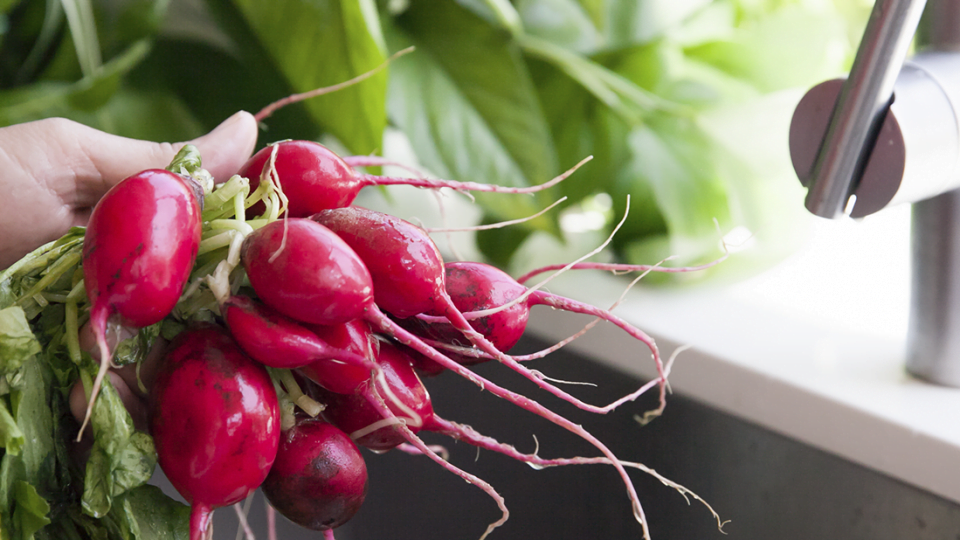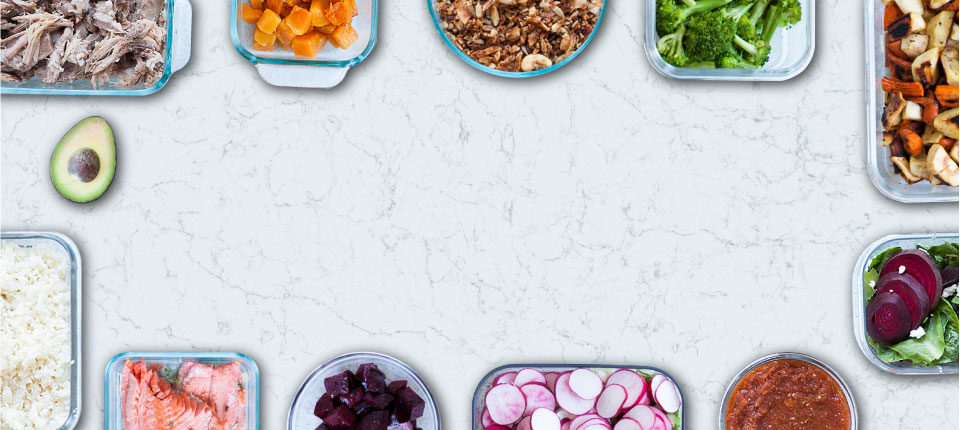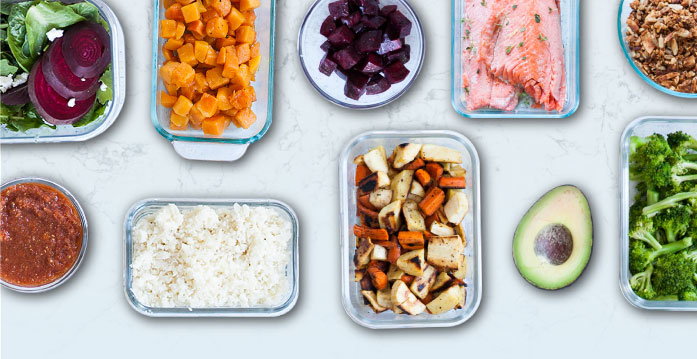We’ve all done it. You come home from the market with a bag of fresh produce ready to prepare for the upcoming week. You throw everything in the fridge, hoping to things fresh…for longer. Except that’s not what happens.
General rules to keep plant things happy
In all its cool glory, the refrigerator can prevent your produce from ripening, rob its flavor, or leave you with a lackluster flavor profile. In short, some produce does better when it is left at room temperature to mature. But when cut, you may need to toss it in the fridge.
Here are some basic tips to get you started:
33 – 35F – This is the sweet spot to aim for when refrigerating fruit and vegetables.
Store vegetables and fruits separately. This is because fruit produces something called ethylene gas and it can accelerate ripening.
Remove anything that binds them. This includes twist ties, rubber bands, etc.
Use your crisper or humidity drawer, those plastic buckets that sit at bottom of your fridge. Typically, with a few clicks, you can adjust the setting from “high” to “low.” As far as what goes where – and how humid your fruit and vegetables like it – more on that below.
Give them space. Try not to store vegetables too close together. Good air flow keeps things fresh.
What goes in the fridge
Cruciferous vegetables like cabbage, cauliflower, brussels sprouts, and broccoli can do well in the refrigerator for several days. Keep them in your crisper, with the humidity set to high.
Root vegetables – like beets, carrots, or turnips – are happiest when you remove their tops. This is because the tops draw moisture from the root, causing them to lose both flavor and firmness. When it comes to turnips, prolonged storage can bring out bitter notes. Use your turnips within 3 – 5 days.
Celery does well when in a plastic bag or container for about a week. If it starts to get limp, place it in cold water to revive it.
Hearty greens can live in a plastic bag or airtight container in the coldest part of the refrigerator for 3 – 5 days. A damp cloth keeps them from drying out. You can also place hearty greens like kale, collard greens, Swiss chard, and beet greens in your crisper with the humidity set to high.
Lettuce will do well when rinsed and dried with a towel. Refrigerate in a plastic bag or container for up to 5 days.
Wrap rhubarb in a damp towel and place in an open container in the refrigerator.
Citrus fruit can hang out in your fridge for weeks.
Fruit that rots – like apples and pears – produce ethylene gas and do best in a perforated plastic bag or in the crisper, with the humidity set to low.
Strawberries are sensitive to ethylene, so be sure and keep these from other fruit – preferably in a paper bag (that can “breathe”) in the fridge for up to a week. Check the bag for moisture every other day.
Melons ripen best on your countertop. Once cut, be sure to place it in the fridge.
Stone fruit like peaches, plums, and pears can go into your refrigerator’s crisper – with the humidity set to low.
What stays on the countertop
Some veggies and fruit ripen and taste better when stored at room temperature. Whereas some will completely break down when placed in the fridge.
Store onions in a dry, dark place for as long as 4 weeks. Once cut they should be refrigerated and used within 2 days.
Potatoes stored in frigid temps will see a break down in starch. Store traditional spuds and sweet potatoes in a dry, dark place.
Tomatoes in the fridge become lifeless and mealy – so store ’em at room temperature. If your tomatoes need to ripen up, place them in a paper bag with an apple or on a sunny windowsill.
Leafy green veggies, herbs, and asparagus stay bright and vibrant when placed on your countertop in a glass of water.
Revive carrots by dunking them in cold water and storing them in a closed container, wrapped in a damp towel.
Stack berries in a single layer, if possible, in a paper bag that can “breathe.” Wash right before you plan on eating them.
Wash sweet peppers right before you plan on eating them as wetness decreases storage time. Store in a cool room to use in a couple of days, place in the crisper if longer storage is needed.
Store avocado in the fridge only when you want to stop it from ripening. To keep your cut avocado green, place it in a sealed container or plastic bag with the seed and a few slices of red onion. Onion releases a sulfurous gas – the kind that will bring tears to your eyes while keeping signs of browning and oxidation at bay.


